We really relished the challenge of the previous vintage; things were less straightforward, fruit was cobbled together ‘seat of the pants’ style from all over and the fermentation was a learning curve. But in the end we were very content with the finished ciders, and they seem to have gone down well. By the time apple harvest began in late October, we’d almost sold half of what was made the year previous, so it seems the pressure was on to make a bit more; why not double it the voice in my head whispers, which makes me chuckle even now, as we already felt that our limits of exhaustion were reached in 2021. Luckily the harvest this year has been bountiful indeed. Which is somewhat perplexing given the heat stress many trees must have experienced. We were grateful once more to Jamie Montgomery for letting us into his old orchard at Cadbury [much fruit there!], and even more so, when he invited us to pace out another orchard of a similar age on the other side of the Cheddar dairy.

Jamie Montgomery of Cheddar fame, showing us the new orchard at Woolston

The Woolston orchard is host to some new and exciting varieties, such as Kings Favourite, Kingston Black and Morgan Sweet.
‘Two Kings Orchard‘
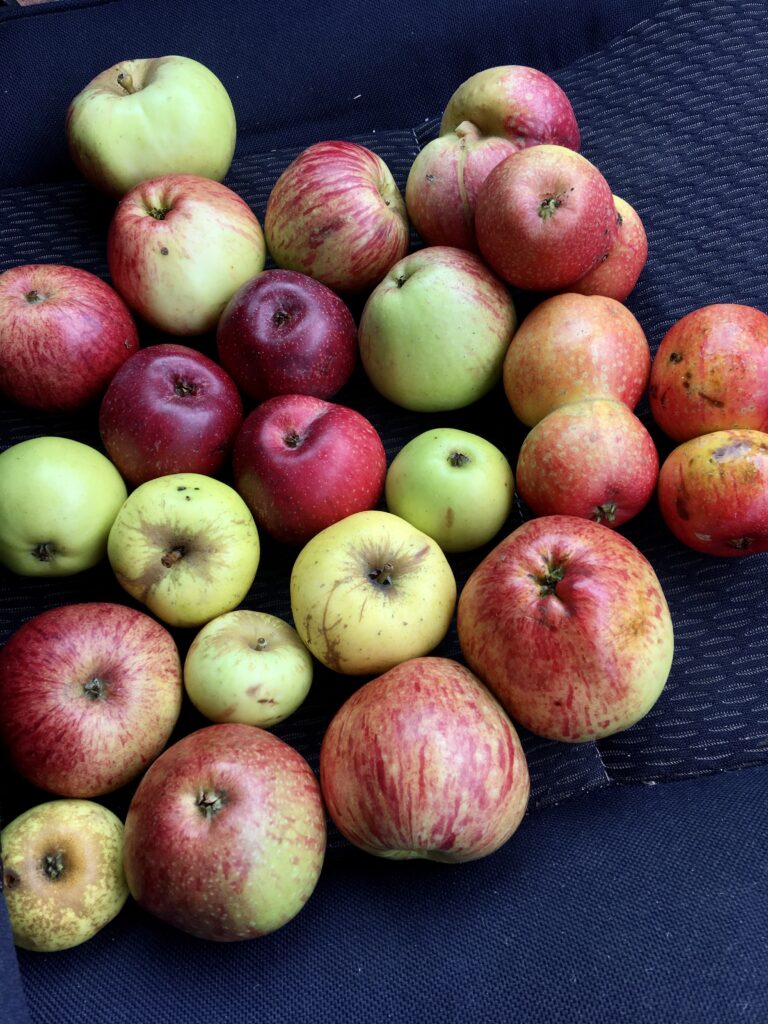
The Orchard at Woolston is very exciting. The planting date [approx early 70s] appears to be similar to the large orchard at Cadbury, which we use to make Orchard Blend. However, the trees are smaller, less spreading, more prevailed upon by mistletoe, signs of canker and many lean precariously to one or other direction. The ground is more tussocky, which means the cows that graze here are bigger animals than the Cadbury orchard.
Fruit crop looks very good, and despite evident lack of pruning [some trees are engorged in briars of thorn], it becomes clear that this parcel of trees demand a blend of their own.
In order to make enough to last a year and helpfully a little beyond, we set our sights on the modest but not inconsiderable sum of 1,600L of finished cider. This means we would need to aim for at least 1,800 of starting juice. Pathetic really – but more than enough for one person to rack and bottle over the coming months. We needed lots of help from friends and family to gather all the fruit in, but life was made far easier from the abundance of fruit given up by these two orchards; no running around from field to field looking for this or that, like last year!
Here we all are picking Stoke Red at Cadbury. These small apples are backbreaking to collect but worth their weight in gold. Our special Orchard Blend calls for at least 50% of this variety so there’s really no choice either! We enjoyed calculating the somewhat depressing equation whilst picking –
One picker takes nearly thirty minutes to fill a sack. Each sack of Stoke Red gives around 6L of pressed starting juice [which is further whittled down later on by the process of racking]. In short – if it weren’t for the glory there’d be no point.
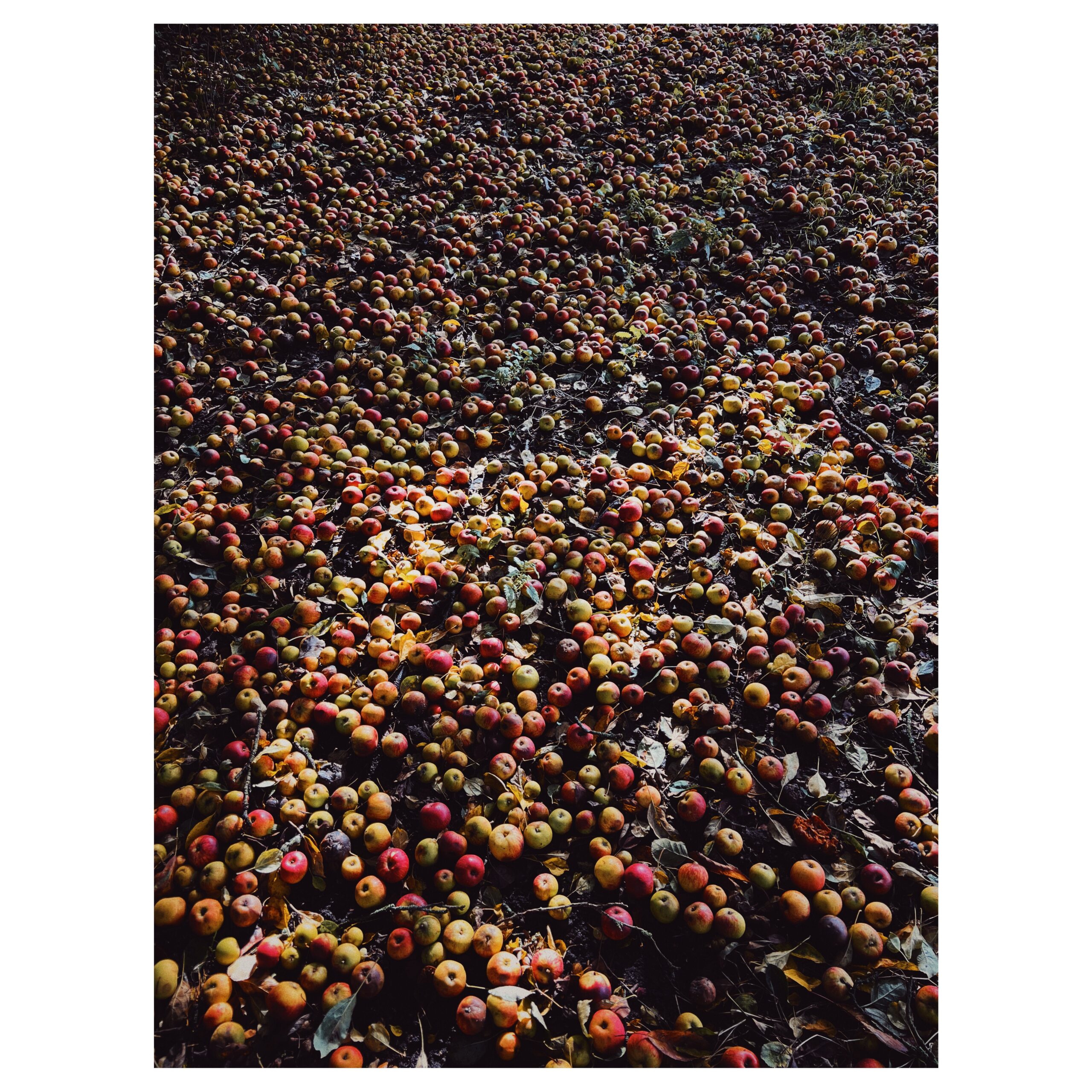
A dizzying view of a canopy floor of Stoke Red apples. Oh where to begin!
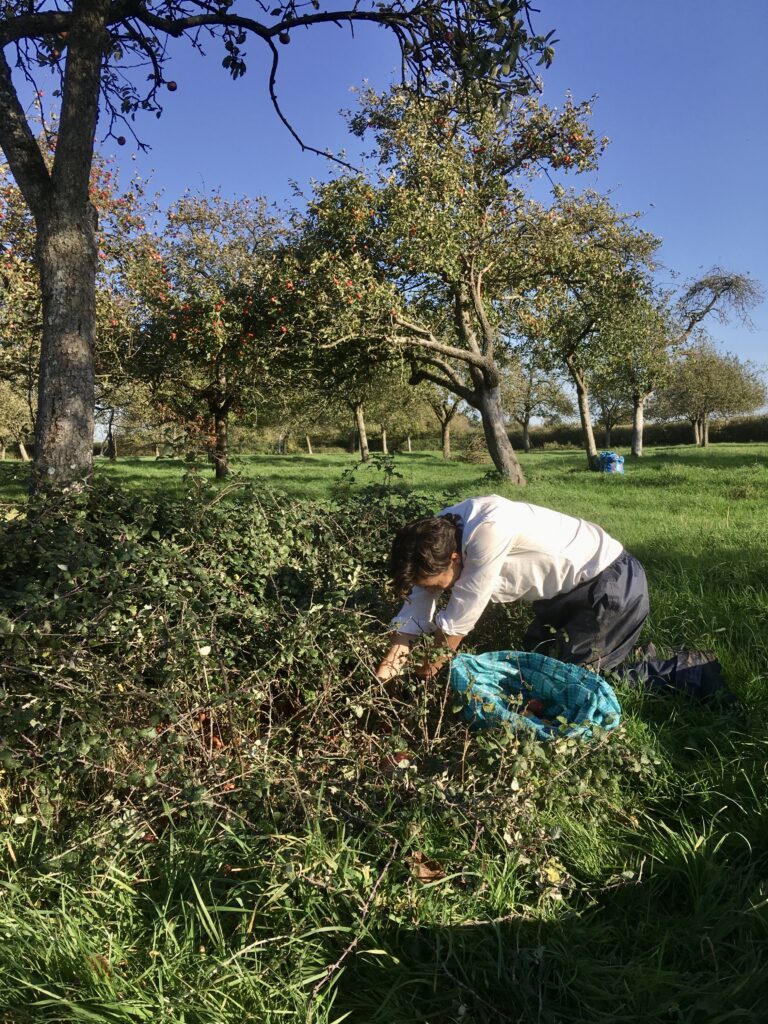
RIP – Crack operative Dr CatO extracting precious jewels from a perimeter of thorns
We set out to pick everything over three or four long weekends, when friends and family would be more available to join. Each picking spell took place every 2-3 weeks so as to encompass the different ripening times of the many varieties needed e.g. Stoke Red and Kingston Black drop as early as Late October, whereas Cadbury Redwing will still be clinging on to branches into late December!
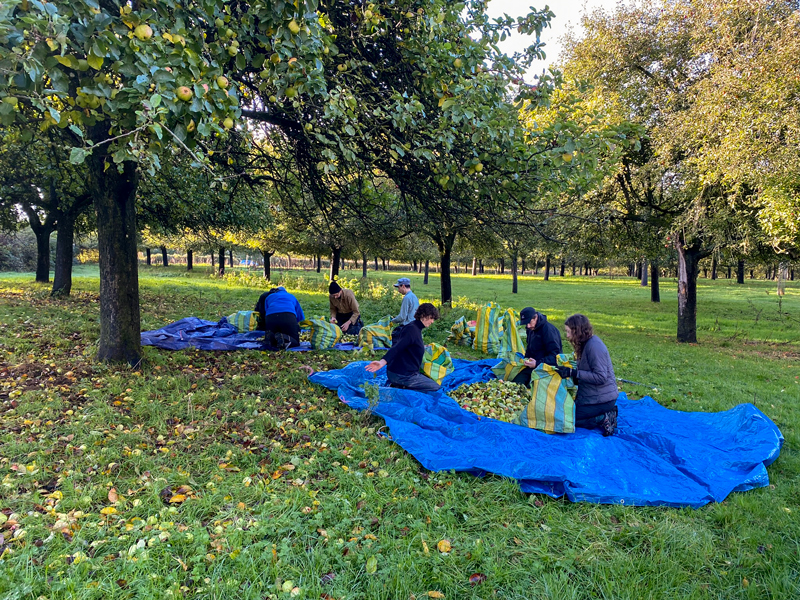
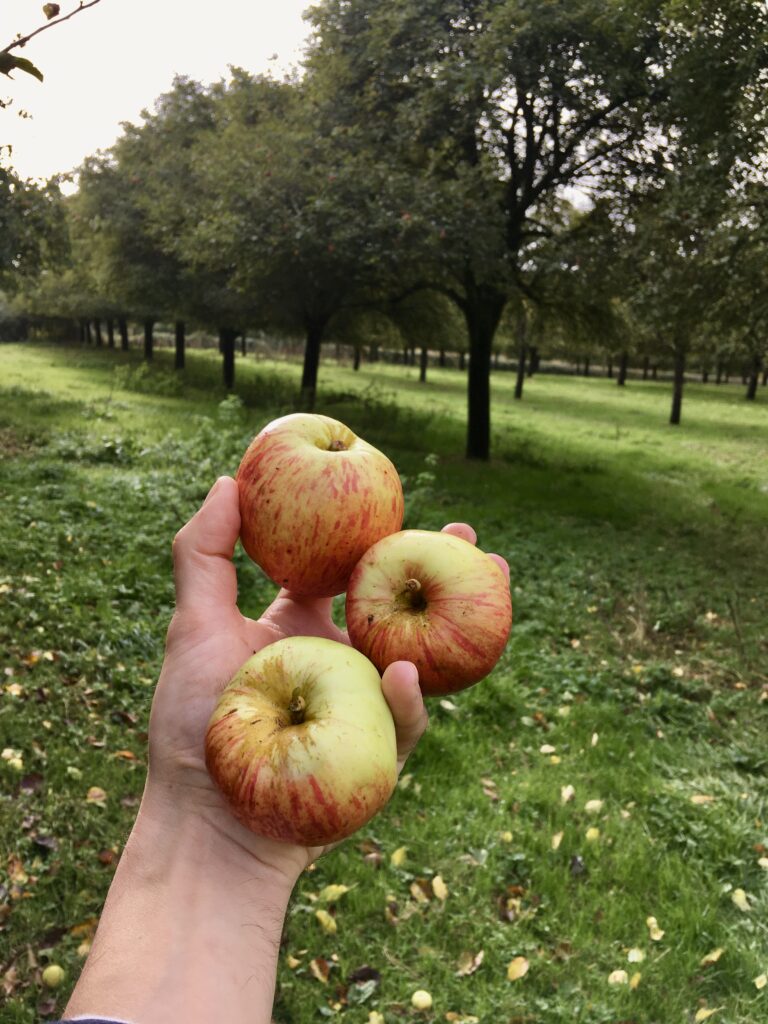
Cadbury Redwing – this apple can only be found in this orchard and is somewhere between sharp and cider/dessert type
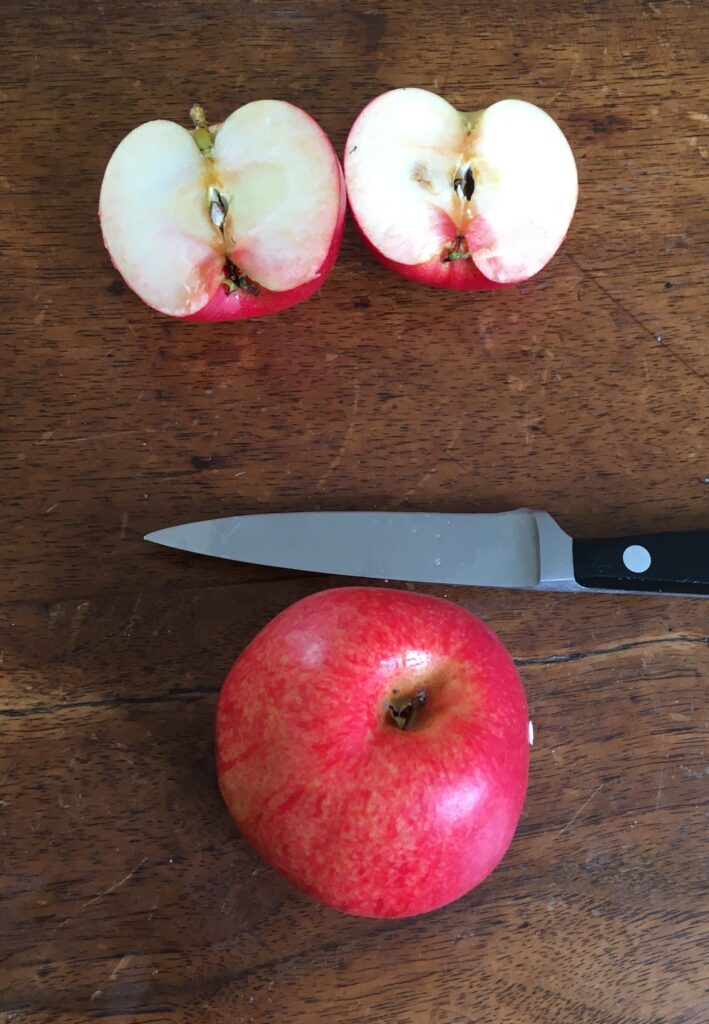
Kings Favourite – a new apple for us! Sharp type, and stores surprisingly well. Found in the orchard at Woolston along with Kingston Black.
We’ve so far picked around 183 sacks, each weighing 15-18KG. Very excited to have lots of excellent fruit. I always enjoy biting and spitting the apples as I wander about the orchard. The Yarlington Mill this year is rich and resembles the fruit we pressed in 2020, Kingston Black is far from plentiful but promises aromas of medlars and spiced fruit.
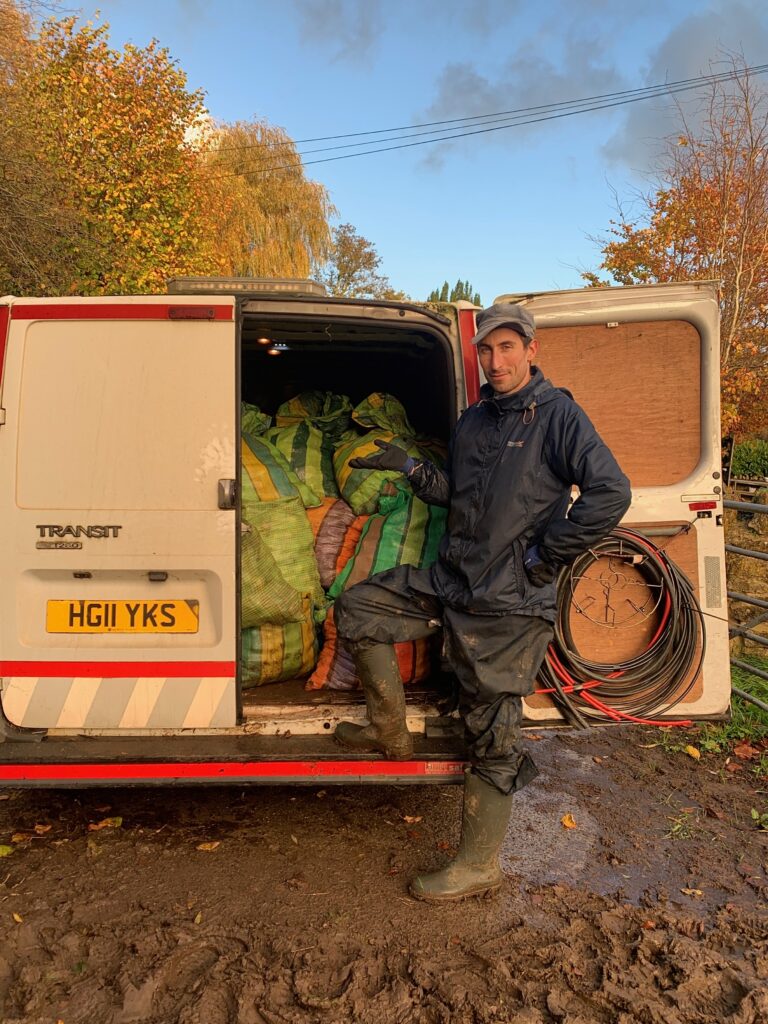
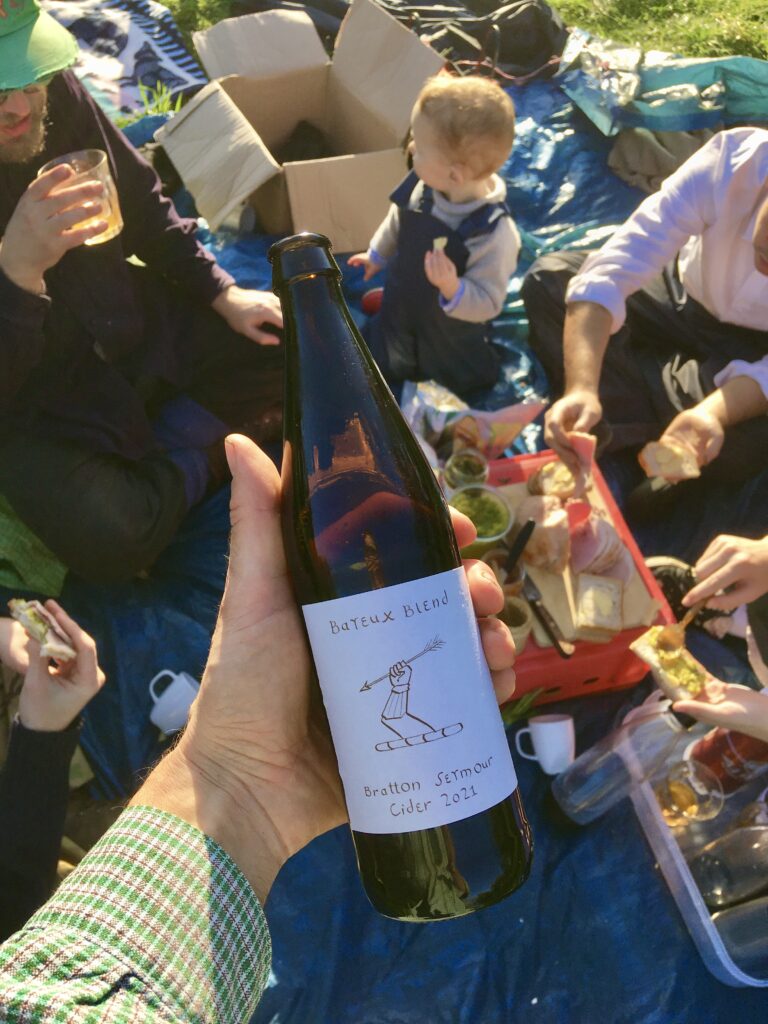
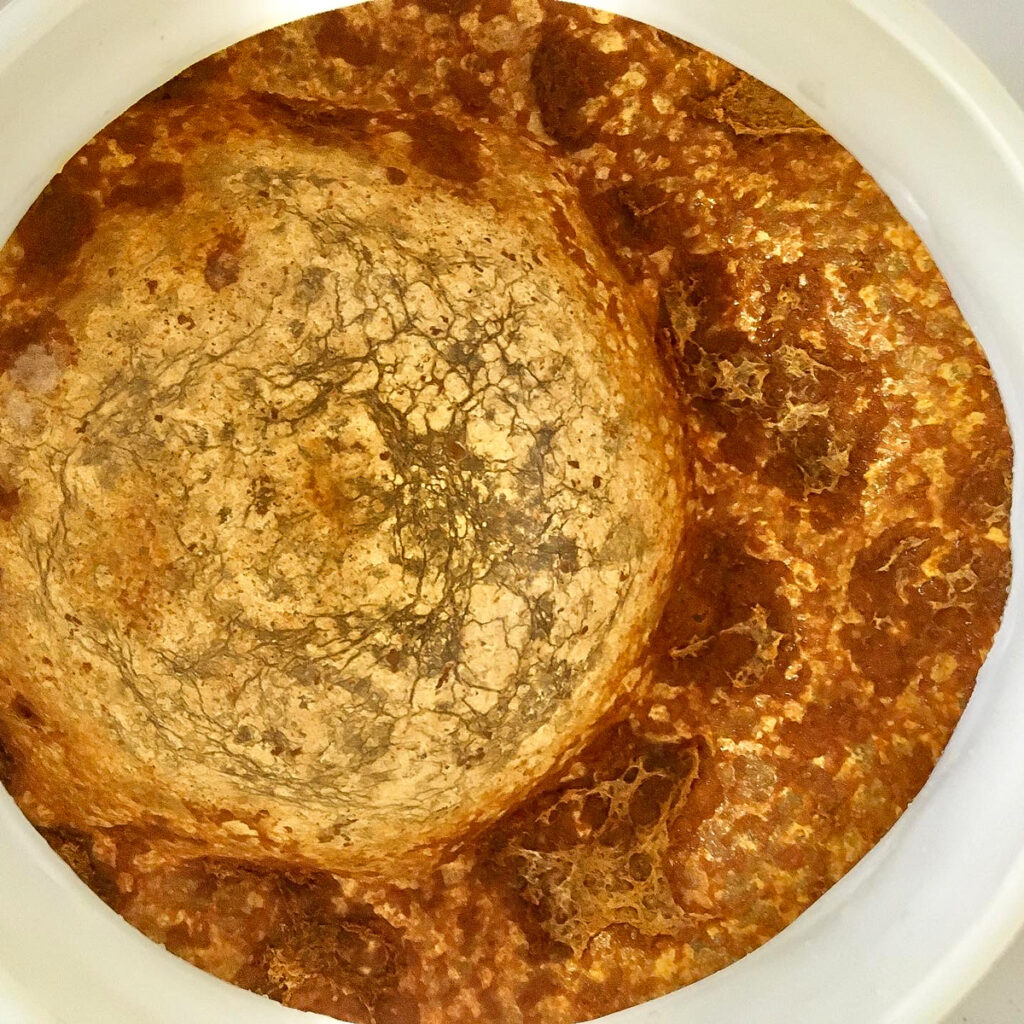
2022 seems to unique in that it comprised of a hot Summer followed by a prolonged period of cold in Winter. These conditions allowed us to steer the cider towards a long slow fermentation, which will promote complexity in the ciders. In 2021 we had to rack fairly relentlessly in order to slow the cider down, whereas in 2022 the cold snap very much did this for us.
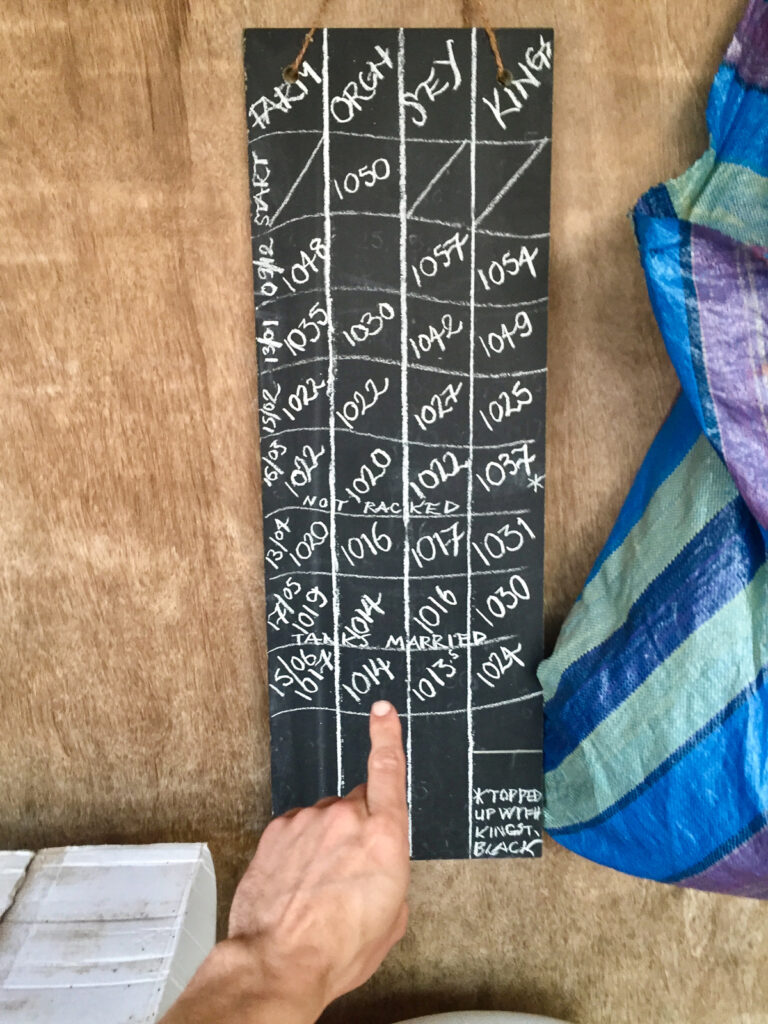
Have you tasted our ciders? If not why not!
-
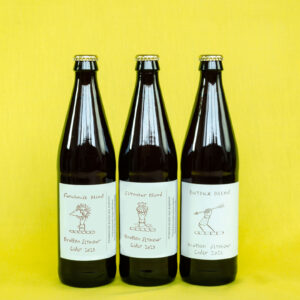 MIXED VINTAGE SELECTION BOX – 3 SMALL BOTTLES£24,00
MIXED VINTAGE SELECTION BOX – 3 SMALL BOTTLES£24,00 -
 2022 CIDER SELECTION BOX – 3 BOTTLES£41,85
2022 CIDER SELECTION BOX – 3 BOTTLES£41,85 -
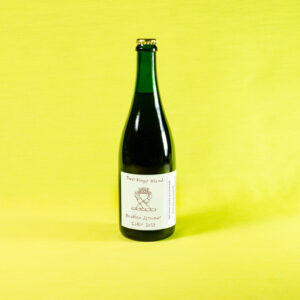 TWO KINGS 2022 VINTAGE – 4.1% ABV – SWEET£15,50
TWO KINGS 2022 VINTAGE – 4.1% ABV – SWEET£15,50 -
 SEYMOUR 2022 VINTAGE – 5.4% ABV – SWEET£15,50
SEYMOUR 2022 VINTAGE – 5.4% ABV – SWEET£15,50 -
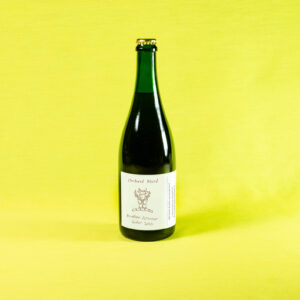 ORCHARD 2022 VINTAGE – 5.1% ABV – OFF DRY£15,50
ORCHARD 2022 VINTAGE – 5.1% ABV – OFF DRY£15,50 -
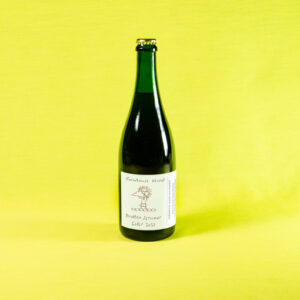 FARMHOUSE 2022 VINTAGE – 4% ABV – OFF DRY£15,50
FARMHOUSE 2022 VINTAGE – 4% ABV – OFF DRY£15,50 -
 BAYEUX 2021 – 6.6% DRY – 3 BOTTLES£19,00
BAYEUX 2021 – 6.6% DRY – 3 BOTTLES£19,00 -
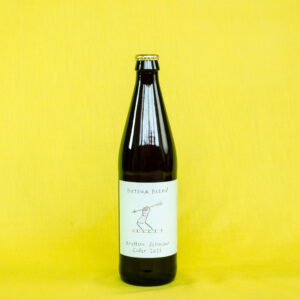 BAYEUX 2021 – 6.6% DRY£7,00
BAYEUX 2021 – 6.6% DRY£7,00 -
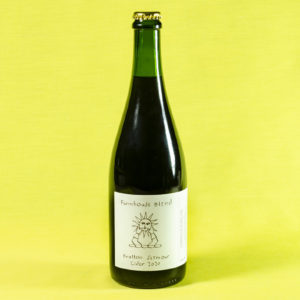 FARMHOUSE 2020 VINTAGE – 3.5% ABV – SWEET£15,50
FARMHOUSE 2020 VINTAGE – 3.5% ABV – SWEET£15,50
